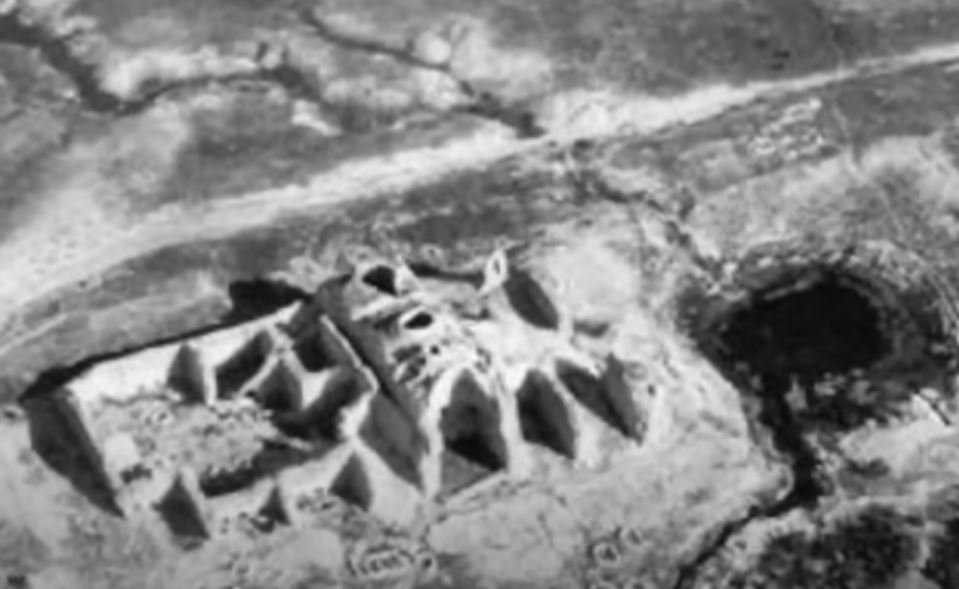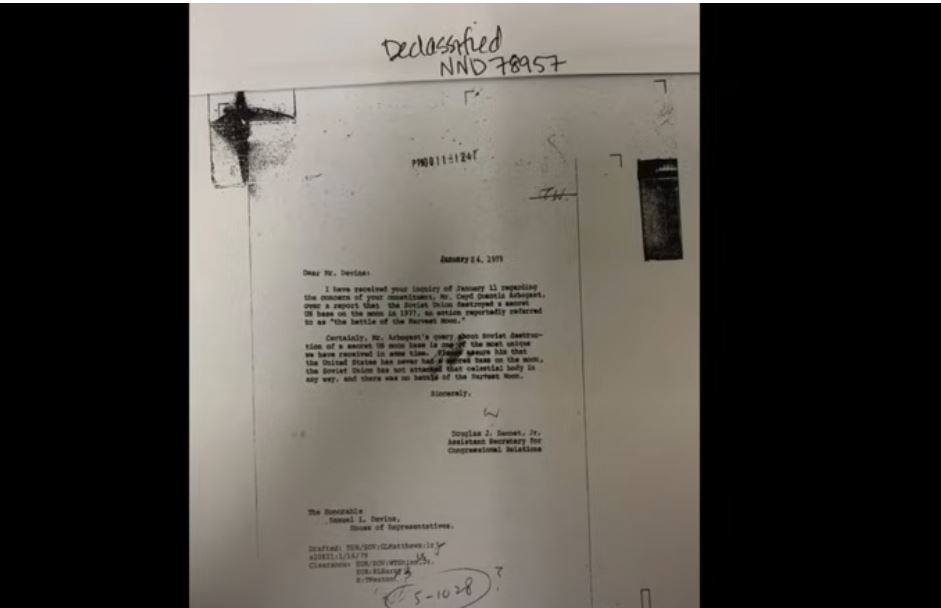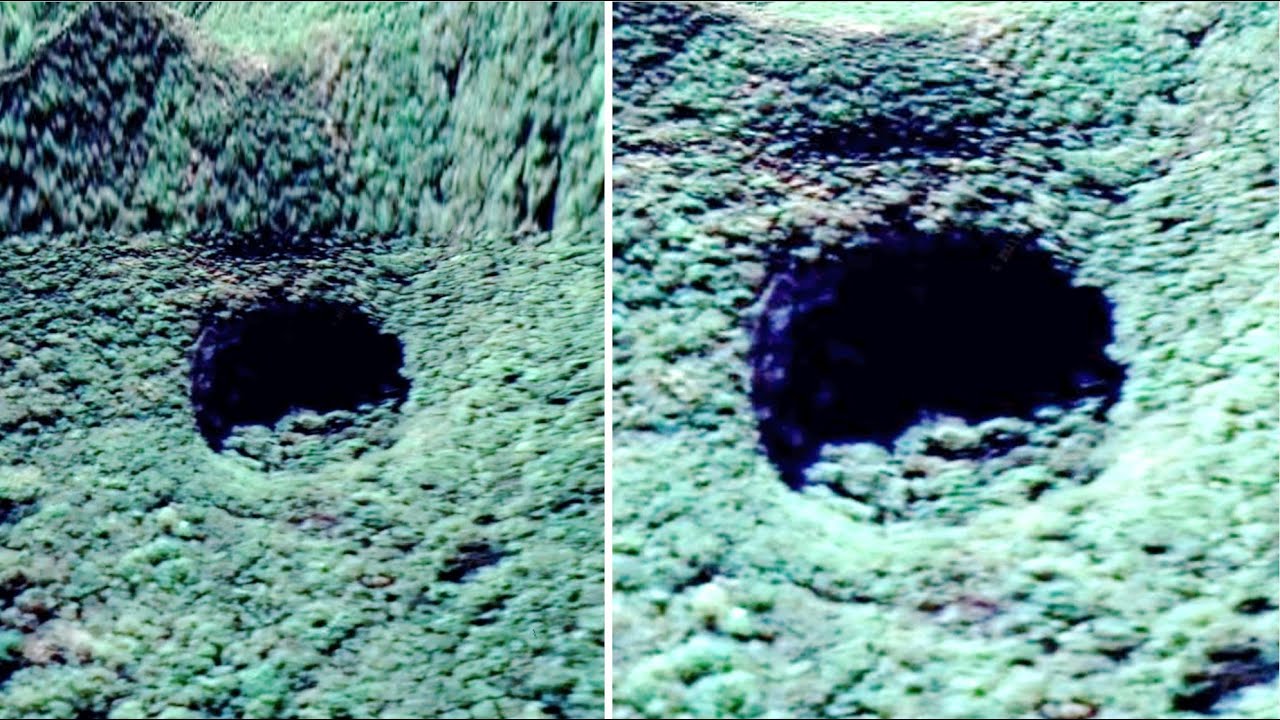**Headline: Secrets of the Moon: Declassified Documents Unveil a Cold War Conspiracy**

In a stunning revelation that could redefine our understanding of the space race, newly declassified documents have surfaced, suggesting that a clandestine U.S. military base on the moon was destroyed by Soviet forces in a covert operation. This explosive information, hidden for decades, has ignited a firestorm of speculation and intrigue surrounding the true nature of lunar missions during the Cold War.
The documents, released by WikiLeaks, stem from a Freedom of Information Act request submitted in 2019. They detail a letter from Douglas J. Bennett Jr., the Under Secretary for Congressional Relations at the State Department, addressing an inquiry from former Congressman Samuel Divine. The correspondence denies claims that the Soviet Union destroyed a U.S. lunar facility, labeled as the “Battle of the Harvest Moon.” However, the implications of the letter suggest a far more complex narrative, one that hints at the militarization of space and the secrets that have remained buried for too long.

According to insiders, the existence of the U.S. base was a closely guarded secret, known only to a select group of military and intelligence personnel. The document reveals that U.S. intelligence operatives feared the Soviets had infiltrated key American space agencies, leading to heightened tensions and a race for supremacy beyond Earth’s atmosphere. The destruction of this base, while never publicly acknowledged, had significant ramifications for U.S.-Soviet relations, prompting secret diplomatic talks to de-escalate the situation.
The implications of this covert lunar incident extend beyond mere espionage; they underscore the strategic importance of space during the Cold War. As both nations recognized the potential for conflict in this new frontier, the U.S. government took steps to establish a dedicated military branch—the United States Space Force—designed to protect American interests in space. This development highlights the vulnerabilities exposed by the destruction of the lunar base, revealing a chilling reality: space could easily become the next theater of warfare.

While the public narrative of lunar exploration has largely revolved around NASA’s Apollo missions, this newly uncovered information suggests that not all lunar activities were disclosed to the public. Whistleblowers and former NASA employees have hinted at secret reconnaissance missions, advanced technology, and even potential extraterrestrial encounters that may have been omitted from the official record. The possibility of undisclosed lunar operations raises profound questions about transparency in space exploration and the motivations behind classified missions.
As the world prepares for a new era of lunar exploration, the truth about these covert operations may soon come to light. With renewed interest in the moon and upcoming missions planned by both governmental and private entities, the potential for uncovering evidence of hidden activities—such as abandoned bases or unexplained artifacts—remains tantalizingly within reach.
This revelation serves as a stark reminder that the moon, often romanticized as a symbol of human achievement, may also be a battleground of secrets, espionage, and untold stories. As the dust settles on this explosive disclosure, one thing is clear: the moon’s darkest secrets are far from over, and humanity’s relationship with our celestial neighbor is more complex than we ever imagined.




